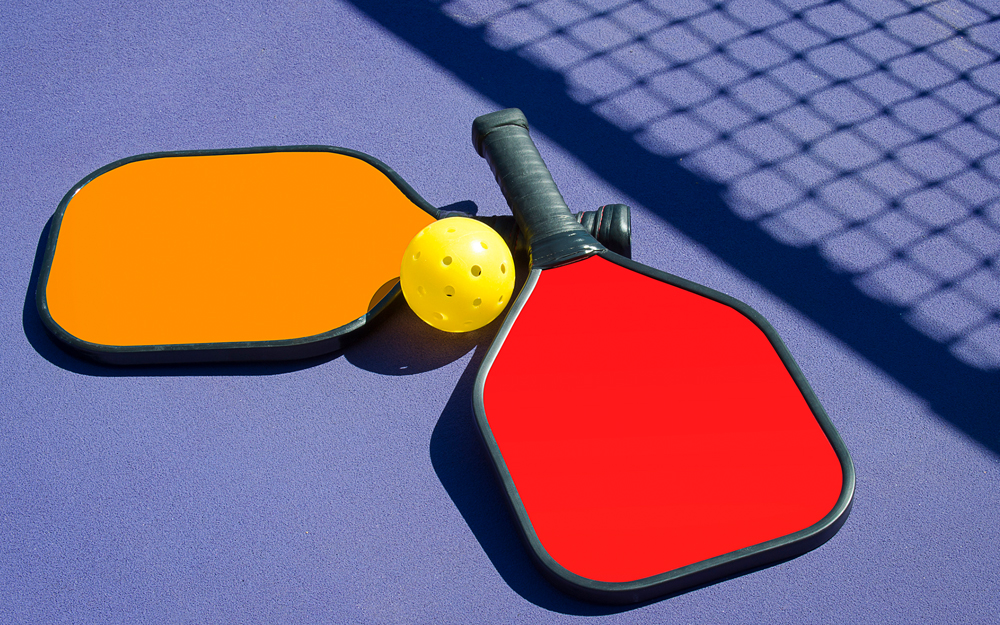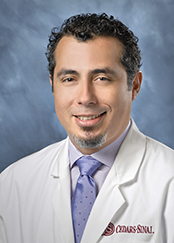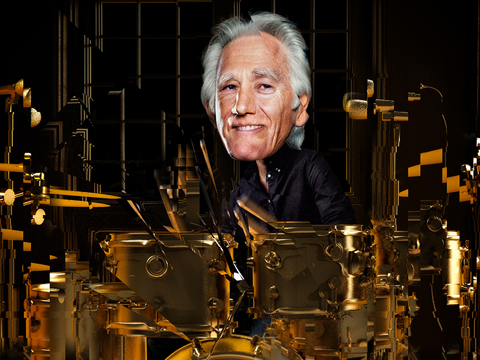Discoveries
Pickleball Anyone?
Feb 15, 2021 Cedars-Sinai Staff


The 85-year-old patient wanted to know whether he would be able to return to his favorite pastime—the paddle sport pickleball—after surgery.
"For an octogenarian, the trauma of surgery can be as bad as the disease," says Miguel Burch, MD, chief of Minimally Invasive and Gastrointestinal Surgery at Cedars-Sinai.
However, Burch is using innovative techniques to improve the odds for older patients with stomach cancer who seem too frail for traditional open surgery. He performed a minimally invasive procedure called a laparoscopic total gastrectomy on his 85-year-old patient.
"It was a really big operation, but he was able to recover, complete his treatment plan and go back to playing pickleball," Burch says.
In a laparoscopic gastrectomy, Burch removes all or part of the stomach, as well lymph nodes, through small incisions. He is guided by video images projected from a camera at the end of a thin instrument called a laparoscope. Another significant advancement, near-infrared fluorescence imaging, makes lymph nodes "glow in the dark" so he can perform more precise, less extensive surgery.
"Over the years, we’ve developed expertise with these techniques, and we see patients recovering much more rapidly with fewer complications," Burch says. "We can now accomplish the same results with minimally invasive surgery as with open surgery."
This is particularly significant for older cancer patients facing a rigorous treatment regimen that typically involves chemotherapy before and after surgery.
"With better skills and technology, surgeons can do minimally invasive operations that allow patients who are already frail to suffer less and get back to the chemotherapy they need more quickly," Burch says, noting that patients tend to spend less time in the hospital and need less pain medication after this type of procedure. Most patients are able to walk the next day.
"This is a big benefit," Burch says. "As soon as you get out of bed, the body starts to recover more actively."
For one resilient 85-year-old, getting on his feet after surgery was especially reassuring. It meant the next pickleball match was just around the corner.
Just a decade ago, surgical options were limited for people like 77-year-old drummer Denny Seiwell, who came to Cedars-Sinai with a life-threatening aortic aneurysm. But advances in minimally invasive techniques are making major operations safer.



